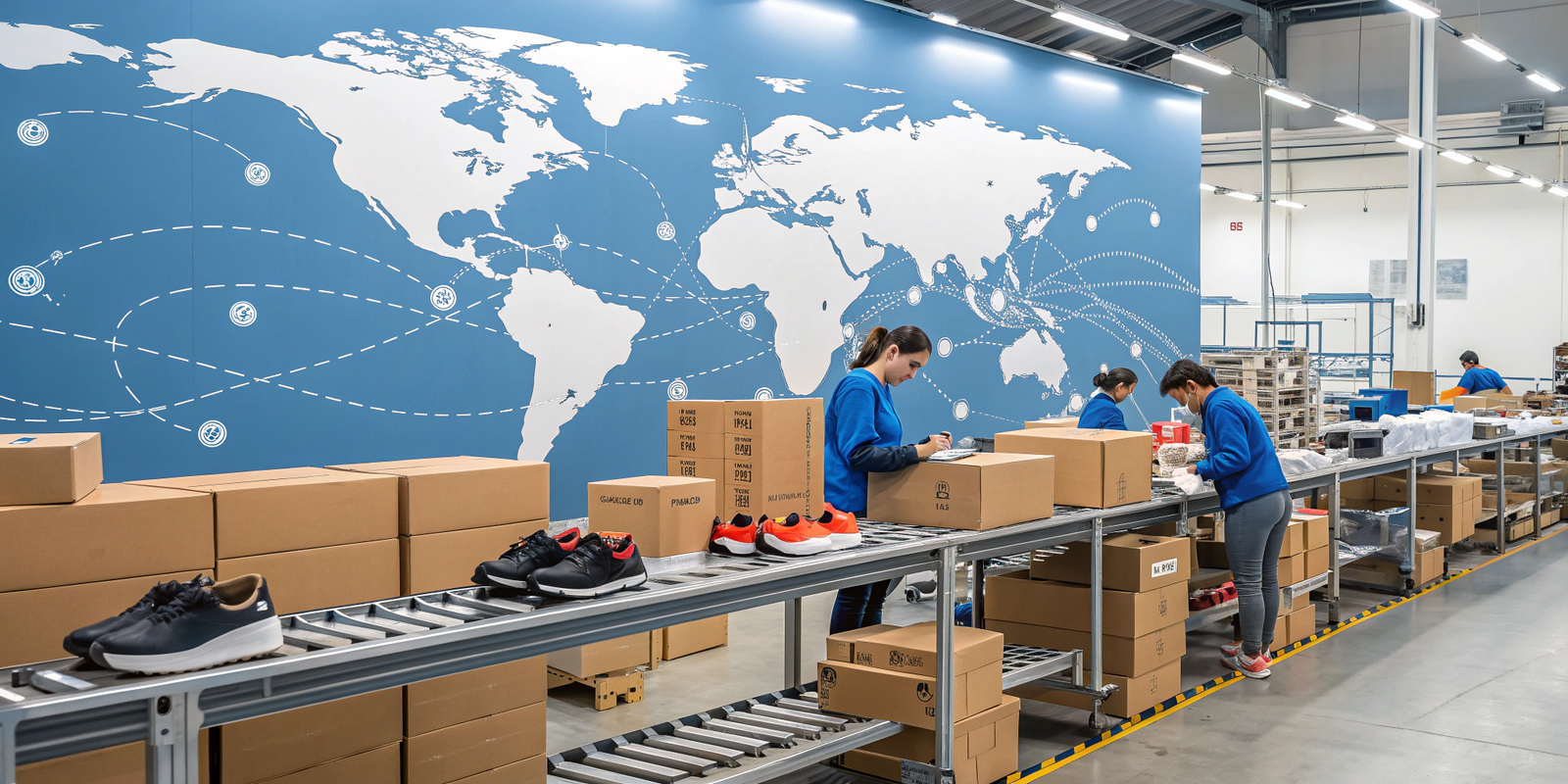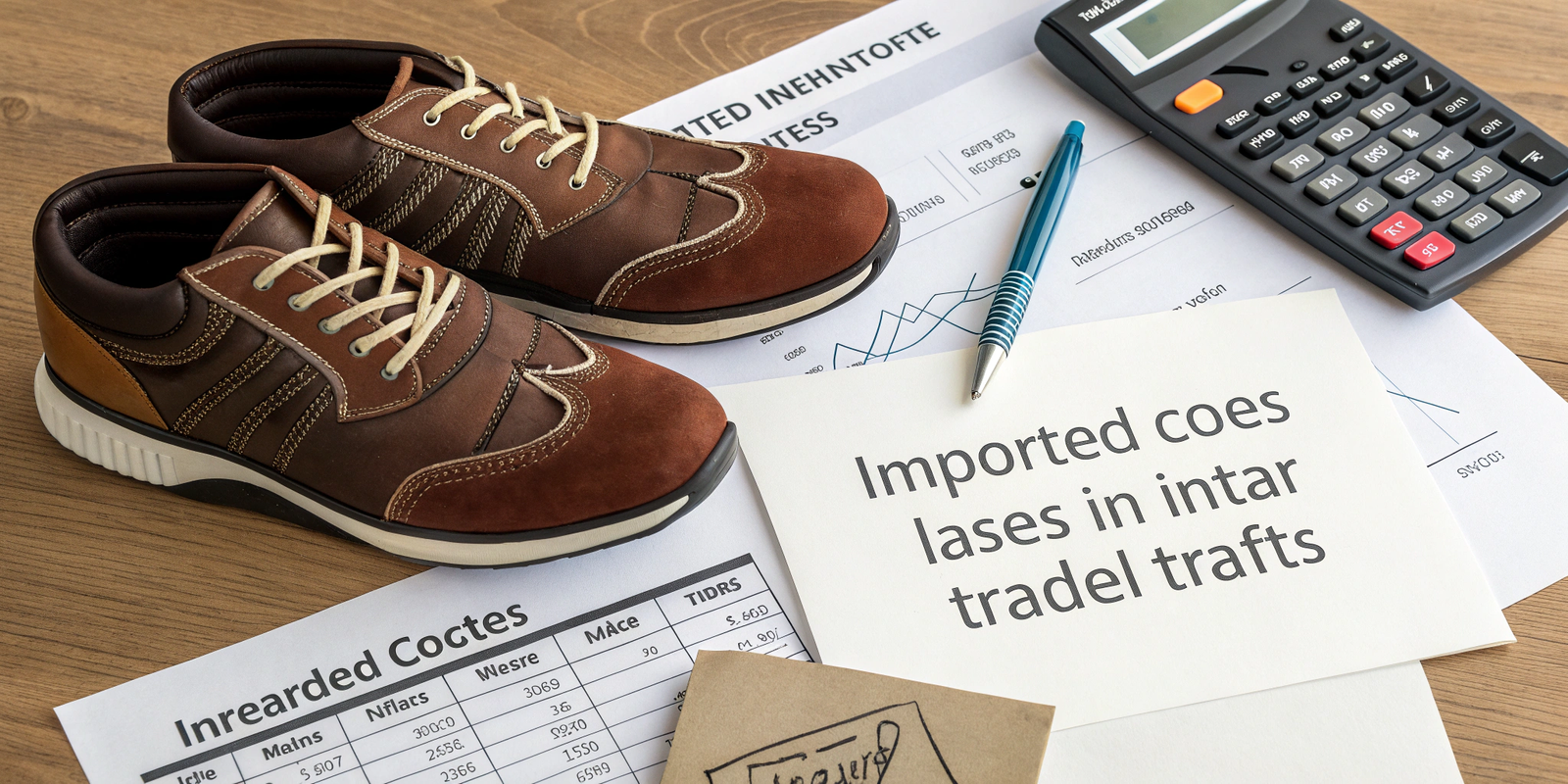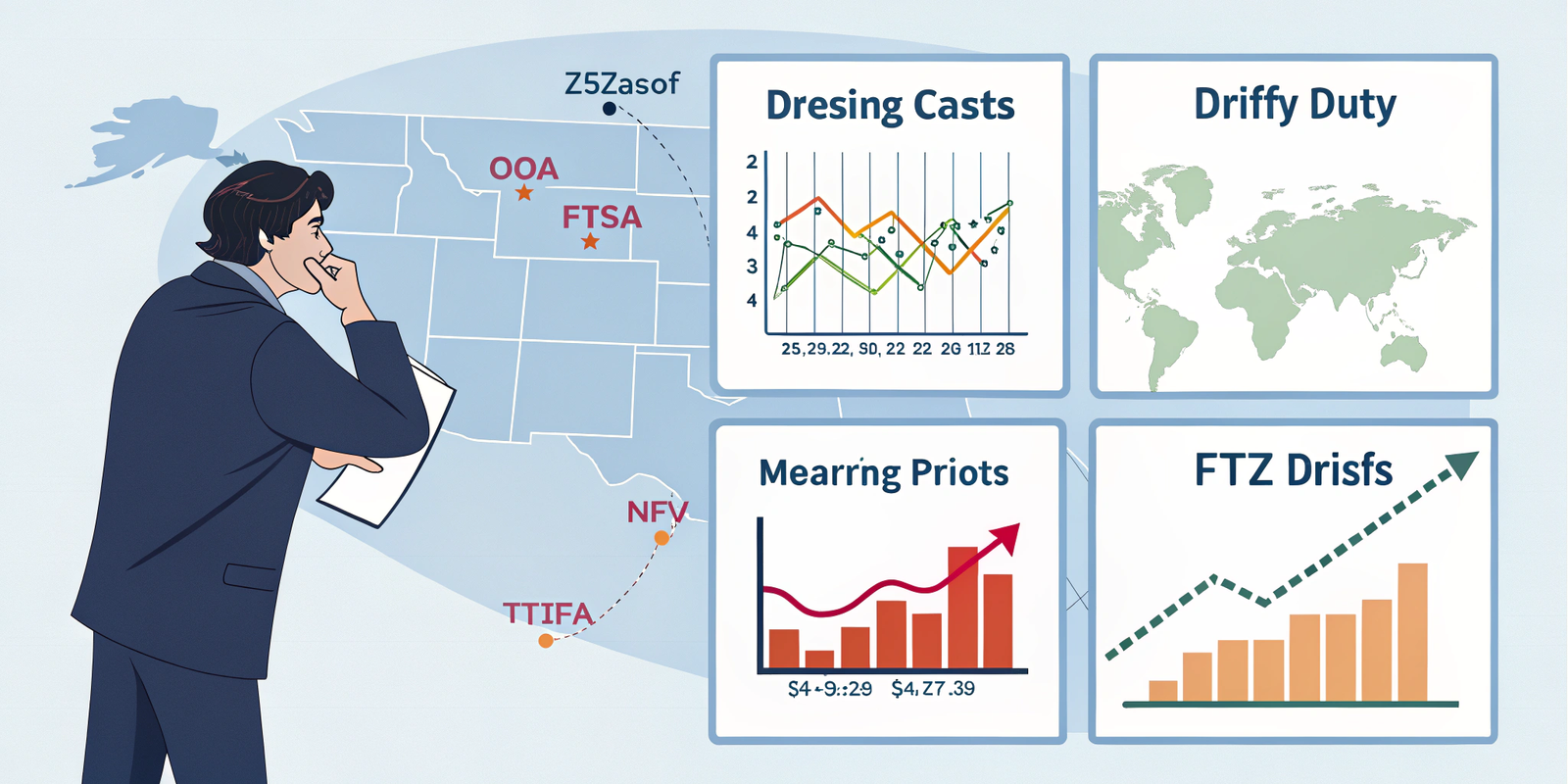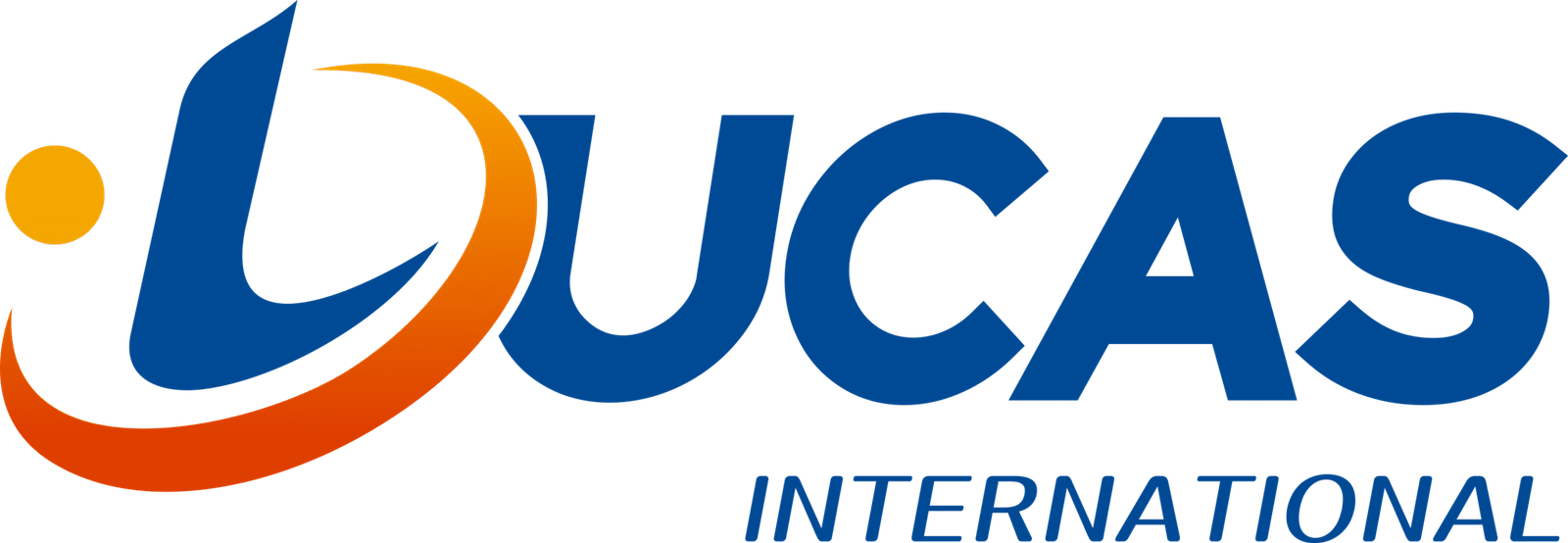How Trade Tariffs Affect Footwear Sourcing in 2025?
Are you an importer navigating the complex world of footwear sourcing? Trade tariffs can dramatically impact your bottom line, and they are always changing.
Trade tariffs significantly affect footwear sourcing by increasing import costs, influencing country-of-origin decisions, and reshaping supply chains. Importers must understand tariff rates and strategic mitigation tactics to remain competitive.
 After more than two decades in the shoe manufacturing and export business at Lucas, I have seen firsthand how much trade tariffs can shake things up. It is not just about designing and producing great shoes. It is also about understanding the global economic chessboard. A tariff change in one country can literally shift entire production lines across continents, affecting costs, lead times, and ultimately, consumer prices.
After more than two decades in the shoe manufacturing and export business at Lucas, I have seen firsthand how much trade tariffs can shake things up. It is not just about designing and producing great shoes. It is also about understanding the global economic chessboard. A tariff change in one country can literally shift entire production lines across continents, affecting costs, lead times, and ultimately, consumer prices.
Which countries have the highest shoe import tariffs? Are you scouting for new footwear markets but worried about hidden costs? Understanding tariff rates by country is crucial for strategic sourcing. Countries typically apply varying import tariffs on shoes, with rates often higher in developing economies aiming to protect domestic industries, and specific product categories like luxury goods or those made with certain materials also incurring elevated duties. From my vantage point in Shaoxing, a major manufacturing hub, I often help our clients navigate these complex tariff landscapes. It is a critical part of their cost analysis. I have learned that there is no single answer to "highest tariffs," as rates fluctuate and depend heavily on trade agreements and the specific type of footwear. But there are general patterns and policies to be aware of.
Understanding which countries impose high import tariffs on shoes is crucial for importers planning their sourcing strategies:
- Developing Economies and Protectionist Policies: Many developing countries impose higher import tariffs on goods like footwear. This is often done to protect their nascent domestic manufacturing industries from foreign competition. The idea is to make imported shoes more expensive, encouraging local production and consumption. Countries in South America, parts of Africa, and some Southeast Asian nations might have higher average tariffs compared to established trade blocs. These tariffs can sometimes be as high as 25% to 50% or even more on certain footwear categories.
- Specific Product Categories: Tariffs are not always uniformly applied across all types of footwear. For instance, luxury shoes or certain high-tech sports shoes might face higher duties than basic sandals or slippers, regardless of the importing country. Goods that are deemed non-essential or competitive with local niche products often see elevated rates. My insight here is that the Harmonized System (HS) code for your specific shoe type is paramount. Always check the precise code for accurate tariff information.
- Absence of Free Trade Agreements (FTAs): Countries that do not have free trade agreements (FTAs) with the exporting nation will typically face higher Most Favored Nation (MFN) tariff rates. FTAs aim to reduce or eliminate tariffs between signatory countries, making trade cheaper. If your target market does not have an FTA with your manufacturing country (e.g., China), you will likely encounter standard, higher tariffs. This is why we at Lucas always work to understand these agreements for our clients.
- Anti-Dumping or Countervailing Duties: In certain situations, specific countries might impose additional duties, known as anti-dumping or countervailing duties. These are implemented when a country believes that imported goods are being sold below fair market value (dumping) or are unfairly subsidized by the exporting government. While not a standard tariff, these can significantly increase the cost of shoes from particular origins if imposed.
- Region-Specific Examples: While exact figures change, regions like India, Brazil, Argentina, Colombia, and certain countries in Sub-Saharan Africa have historically maintained relatively high import tariffs on footwear. It is always necessary to check the current tariff schedule for the specific country you are targeting and the exact HS code of the footwear.
How do trade tariffs impact the cost of importing shoes?
Are you wondering how those tariff numbers translate into real money? Trade tariffs directly inflate costs, making your imported shoes more expensive both for you and your customers.
Trade tariffs directly increase the landed cost of imported shoes by adding a percentage-based tax to the product's value, which can then impact retail prices, reduce profit margins for importers, and shift sourcing strategies to lower-tariff countries.
 Tariffs are a constant consideration in our pricing strategy at Lucas. When a client asks for a quote, the potential tariffs in their market are part of the equation. It is not just the cost of manufacturing, the materials, or the shipping. The tariff is an extra tax that can significantly alter the final price and profitability of a shipment.
Tariffs are a constant consideration in our pricing strategy at Lucas. When a client asks for a quote, the potential tariffs in their market are part of the equation. It is not just the cost of manufacturing, the materials, or the shipping. The tariff is an extra tax that can significantly alter the final price and profitability of a shipment.
Trade tariffs have a direct and often substantial impact on the cost of importing shoes, affecting various stages of the supply chain:
- Increased Landed Cost: The most immediate effect of a tariff is to increase the "landed cost" of the product. This is the total cost of a product once it has arrived at the buyer's dock, including product cost, shipping, insurance, and all duties and taxes. If a shoe costs $20 to manufacture and ship, and there is a 10% tariff, an additional $2 (or more, depending on how duties are calculated on the full value including freight) is added to that cost. This directly inflates the price before the shoe even hits the shelves.
- Reduced Profit Margins: For importers, tariffs can directly eat into profit margins. If the importer cannot pass the full cost of the tariff onto the consumer, they absorb a portion of it, reducing the profitability of each unit sold. This forces businesses to reassess their pricing strategies and may lead to tough decisions about profitability versus competitive pricing. I have seen many clients struggle with this delicate balance.
- Higher Retail Prices for Consumers: If importers do pass the tariff costs onto consumers, it results in higher retail prices. This can make imported shoes less competitive compared to domestically produced footwear or shoes from countries with lower tariffs. Higher prices can also dampen consumer demand, especially for price-sensitive segments.
- Shifting Sourcing Strategies: Persistent high tariffs on goods from a particular country can incentivize importers to shift their sourcing to countries with lower or no tariffs, often those with Free Trade Agreements. This can lead to significant supply chain restructuring, which can be costly and time-consuming in itself. At Lucas, we have seen this play out many times, with brands exploring new manufacturing locations to avoid tariffs.
- Administrative Burden and Compliance Costs: Beyond the direct financial cost, tariffs also create an administrative burden. Importers must invest resources in understanding complex tariff schedules, ensuring correct classification of goods (HS codes), and managing customs documentation. Non-compliance can lead to fines, delays, and even seizure of goods, adding indirect costs to the importing process.
How can importers minimize the impact of footwear tariffs?
Are tariffs eating into your profits and making you reconsider your sourcing strategy? There are smart ways to navigate these challenges and reduce their financial bite.
Importers can minimize tariff impacts through strategic sourcing diversification to lower-tariff regions, optimizing Harmonized System (HS) codes, utilizing Free Trade Agreements (FTAs), leveraging duty drawback programs, and exploring options like foreign trade zones (FTZs).
 Minimizing tariff impact is a constant conversation I have with our clients. It is not about avoiding tariffs illegally, but rather about smart, strategic planning within the rules of international trade. After years of watching global trade policies evolve, I have learned that proactivity and flexibility are key.
Minimizing tariff impact is a constant conversation I have with our clients. It is not about avoiding tariffs illegally, but rather about smart, strategic planning within the rules of international trade. After years of watching global trade policies evolve, I have learned that proactivity and flexibility are key.
Minimizing the impact of footwear tariffs requires a proactive and multifaceted approach from importers:
- Sourcing Diversification: A primary strategy is to diversify your manufacturing base. Instead of solely relying on one country, explore sourcing from multiple regions, particularly those with favorable trade agreements with your target market or generally lower tariff rates. For instance, if importing from China to the US faces high tariffs, investigate production capabilities in Vietnam, Indonesia, or other FTA countries. This reduces dependence on any single country (and its tariff policies) and builds supply chain resilience. At Lucas, we have long-standing relationships with factories in various regions to offer this flexibility to our clients.
- Optimize Harmonized System (HS) Codes: Each shoe type is classified under a specific HS code, and different codes carry different tariff rates. It is critical to ensure your footwear is classified correctly. Sometimes, a slight design modification or a nuanced interpretation of the classification rules (if legitimate and defensible) can lead to a lower tariff rate. Always consult with customs brokers or trade experts to ensure accurate and optimal classification. Misclassification can lead to audits, fines, and delays.
- Utilize Free Trade Agreements (FTAs): Leverage existing Free Trade Agreements between your importing country and the exporting country. FTAs typically reduce or eliminate tariffs on goods originating from signatory countries. To qualify, products must meet specific "rules of origin." Understanding and applying for preferential tariff treatment under FTAs can lead to significant cost savings. This is a crucial area we advise our clients on.
- Duty Drawback Programs: Investigate if your importing country offers duty drawback programs. These programs allow importers to claim a refund of duties, taxes, and fees paid on imported merchandise that is subsequently exported or destroyed. For example, if you import components, assemble them into shoes, and then export the finished product, you may be eligible for a drawback on the duties paid on the imported components.
- Explore Foreign Trade Zones (FTZs) / Free Ports: If applicable, consider operating within a Foreign Trade Zone (FTZ) or similar free port arrangements. Within an FTZ, imported goods can be stored, manufactured, or processed without being subject to immediate customs duties. Tariffs are paid only when the goods enter the domestic market, or they can be avoided altogether if the goods are re-exported. This offers flexibility in managing cash flow and can optimize duty payments.
- Tariff Engineering and Product Design: In some cases, slight modifications to product design or material composition can reduce the applicable tariff. For example, ensuring a certain percentage of raw materials come from an FTA country might qualify the final product for preferential treatment. This requires close collaboration between designers, manufacturers, and trade experts.
- Negotiation and Advocacy: For larger importers, advocating for favorable trade policies through industry associations or direct engagement with government bodies can sometimes influence future tariff decisions. While a long-term strategy, collective action can bring about change.
By proactively exploring these strategies, importers can effectively mitigate the financial pressure imposed by trade tariffs and maintain competitive pricing in the evolving global footwear market.
Trade tariffs are a formidable factor in footwear sourcing. By understanding where tariffs are highest, how they impact costs, and actively implementing strategies like sourcing diversification and utilizing FTAs, importers can effectively navigate these challenges and secure their supply chains.
